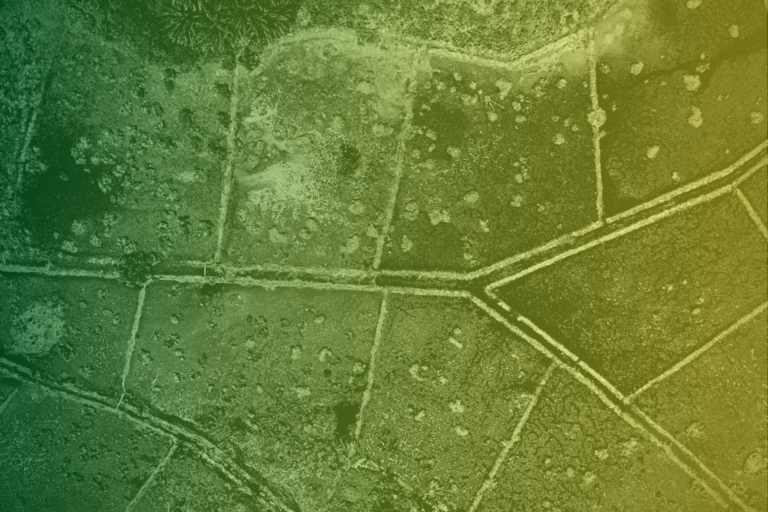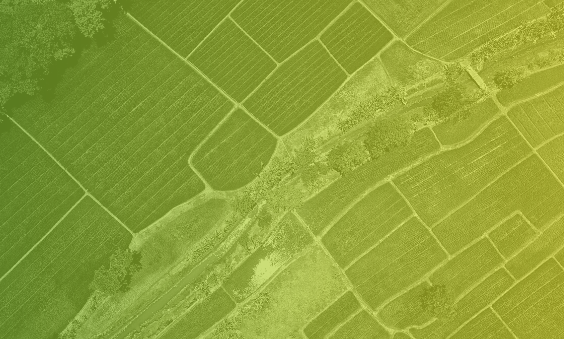Failure to Curb Industrial Animal Ag Runoff Leads to Large-Scale Freshwater Pollution in the U.S.
When we think about the environmental impact of our industrial food system, greenhouse gas emissions are often the first metrics that come to mind. Through our work at the Plant Based Foods Institute, our aim is to call awareness to the interconnected nature of our food system and our broader ecosystem and a new report from the Environmental Integrity Project (EIP) underscores the importance of doing so.
The report titled “The Clean Water Act at 50: Promises Half Kept at Half Century” provides a broad view of the health of the country’s freshwater ecosystems. According to EIP’s findings half of the country’s fresh waterways––rivers, streams, lakes, and ponds– in addition to a quarter of assessed bay and estuary square mile, have been classified as impaired, meaning they are too polluted for swimming and recreation, aquatic life, fish consumption, or to serve as drinking water sources. These figures are derived from data shared by states to the U.S. Environmental Protection Agency, which under the Clean Water Act, requires state governments to submit periodic reports on the condition of local rivers, streams, lakes, and estuaries. EIP also makes note of the fact that this is hardly the full picture of the situation as about 73 percent of river and stream miles have not been studied in the most recent assessment cycle.
While the Clean Water Act, created by President Nixon in 1972, has led to many improvements in the state of our nation’s waterways, industrial animal agriculture and farm runoff have not been historically accountable to stringent measures. EIP names lack of regulation for CAFOs and farm runoff as key weaknesses that need to be appropriately addressed in the Clean Water Act going forward. The Clean Water Act focuses on “at the source” pollution, primarily outputs from factories or sewage plants, but not downstream causes such as agricultural runoff. Even more concerning, a 2019 NRDC report found that basic information about most of the country’s CAFOs is unknown by the EPA – including the size, location, number of animals, in addition to crucial information on waste production and management.
As we look to quantify the scale of impact that our industrial food system, dominated by animal agriculture, has on the viability of our environment, it is crucial to recognize and understand the cause of water pollution.
CAFO Waste and Downstream Impact
According to the USDA, the number of animals housed in CAFOs has increased significantly since the signing of the Clean Water Act. For example, in 1970 the standard dairy farm size was 19 cows while today’s largest dairy CAFO houses up to 15,000 cows with the average size ranging from 1,000 to 5,000 animals. As the size of the CAFO grows, so does the amount of waste: CAFOs produce more than one million tons of manure every day and according to a 2012 study, CAFOs produce 13 times more waste than that of the entire U.S. population of 312 million people. Some of this manure is used to spray fields but a majority is placed in massive waste lagoons which frequently leak and contribute to public health concerns such as nitrate contamination associated with blue baby syndrome. CAFO fecal matter is also laden with bacteria and trace amounts of antibiotics which has been linked to the rise in antibiotic resistance in addition to virus and disease spreading to local populations.
This also raises an issue of environmental justice as communities of color are disproportionately subjected to harmful air and water pollution resulting from waste lagoons and fecal spray. A 2014 study on the impact of fecal spray from hog farms in North Carolina found that Black, Brown, and Indigenous residents in North Carolina are almost twice as likely to experience health issues from fecal waste due to the fact that they are more likely to live under three miles away from pig farms. This is just one of many examples that illustrates the need for a holistic systems-based approach to food systems change.
Agricultural Runoff and Monocultures
Synthetic fertilizer and pesticide runoff, used on large scale for growing monoculture crops like corn and soy for livestock feed, also actively contribute to freshwater impairment. Nitrogen and phosphorus runoff regularly leads to algal blooms which the EPA’s Office of Inspector General has deemed “a major problem throughout the United States.” The proliferation of these harmful blooms can “sicken people and kill animals; create oxygen-poor zones in rivers and lakes, making them unsuited for aquatic life; raise treatment costs for drinking water; cause economic hardship for industries that depend on clean water.”
Leading with Food System Transformation
Over 90 percent of our freshwater resources in the U.S. are dedicated to agriculture and we are clearly seeing that harmful agricultural practices are leading to further contamination of already precious supplies. We support EIP’s proposal that Congress should strengthen the Clean Water Act by closing its loophole for agricultural runoff and other “non-point” sources of pollution, which are by far the largest sources of impairments in waterways across the U.S. In addition, in light of the recent $1.2 trillion Bipartisan Infrastructure Bill, governors and lawmakers should target this funding to water pollution control efforts, especially in lower-income communities of color that have long suffered disproportionately from pollution.
Getting to the root cause of rampant water pollution and agricultural runoff requires close examination of our food system that revolves around industrial animal agriculture. PBFI views driving transformation to a plant-based food system as the most impactful way to create a food rsystem that is able to feed and sustain our population while fostering a resilient and healthy environment. Research shows that plant-based diets can not only play a role in curtailing emissions and minimizing water use, but can also aid in re-allocation of crops and arable land to feed people instead of livestock, alleviate growing resource inequities, and eliminate the suffering of animals in factory farms. Shifting to a plant-based food system could contribute to cleaner air and water for communities across the U.S. Research shows that 80 percent of the 15,900 annual deaths resulting from food-related air pollution is attributable to industrial animal agriculture and that shifting to plant-based diets could reduce deaths from agricultural air quality by 83 percent.
Working with agricultural partners to restore soil health and promote regenerative practices for producing plant-based foods can also play a part in healing our land and water. If the results of the EIP report teach us anything, it is that our food is intricately and inextricably linked to the health and well-being of our entire ecosystem. We look forward to working with policymakers, agricultural stakeholders, and plant-based food companies to create a world where values and business interests harmonize to create a plant-based food system that respects the dignity and health of living beings on the planet.






